珍存佛典 永世流传

珍存佛典 永世流传
佛教数字资源中心(BDRC)是一家致力于佛教文献的搜寻、保存、记录和传播的非营利机构。我们向学者、译师、佛教修习者以及一般大众提供前所未有的丰富和全面的佛教文献资源。BDRC 将数字技术与学术成果相结合,确保佛教文献瑰宝得到安全保存,永世流传。
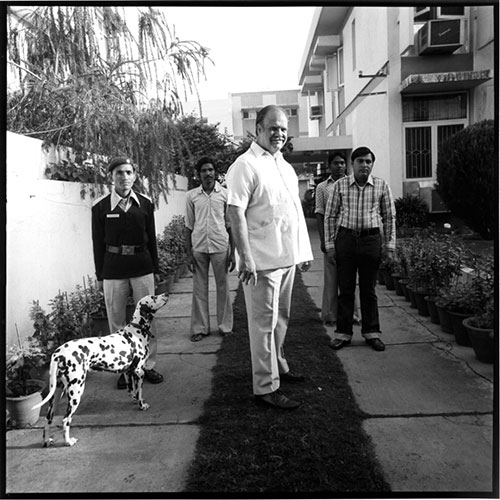
BDRC 创始人吉恩·史密斯 E. Gene Smith 意识到计算机技术可以以前所未有的规模保存和分享文献。 他提前从美国国会图书馆退休,投身于让藏文文献广泛传播的毕生梦想。 {阅读 E. Gene Smith 的简介}(https://www.bdrc.io/people/e-gene-smith/)
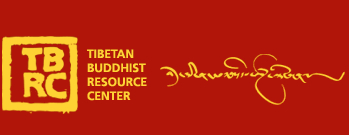
金·史密斯在麻省剑桥市创立藏传佛教资源中心(TBRC)。TBRC着手将金的个人收藏的藏文文献进行数字化存储,并将扫描的文献图像通过CD碟片共享。
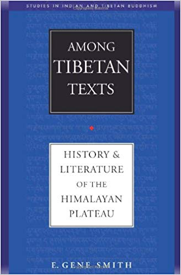
金·史密斯的著作《遨游于藏文文本之间:喜马拉雅高原的历史与文献》出版发行。

BDRC的原技术总监Jeff Wallman 成为中心主任。
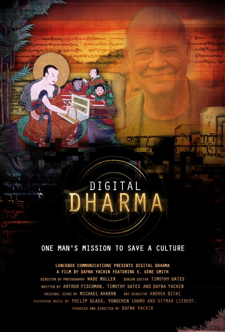
Lunchbox传媒公司(Lunchbox Communications)发布导演达芙娜·雅晴(Dafna Yachin)的《数字佛法》。这是一部关于金·史密斯保护藏文文化传承的纪录片。
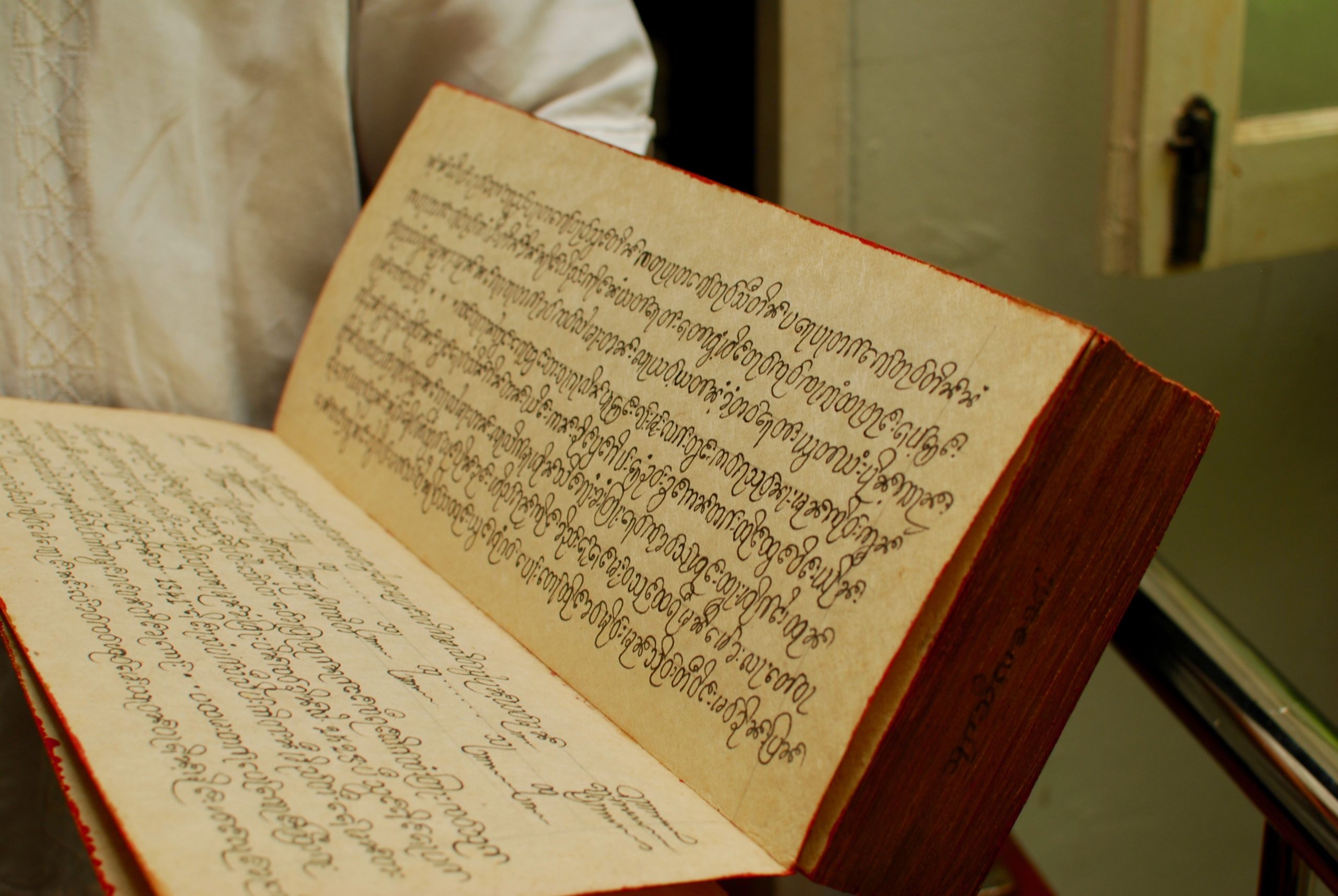
TBRC董事会投票决定扩大中心的使命;自此,中心将不仅仅保藏藏文资料,而是将囊括所有佛教传统文献的保存。

TBRC正式更名为"佛教数字资源中心"(BDRC),并发起它的第一个主要的数字保存计划:东南亚贝叶文献数字化项目。同时,它的藏文文献项目仍然继续。
BDRC开始开发其下一代数字文献存储平台,佛教数字档案馆(BUDA)。
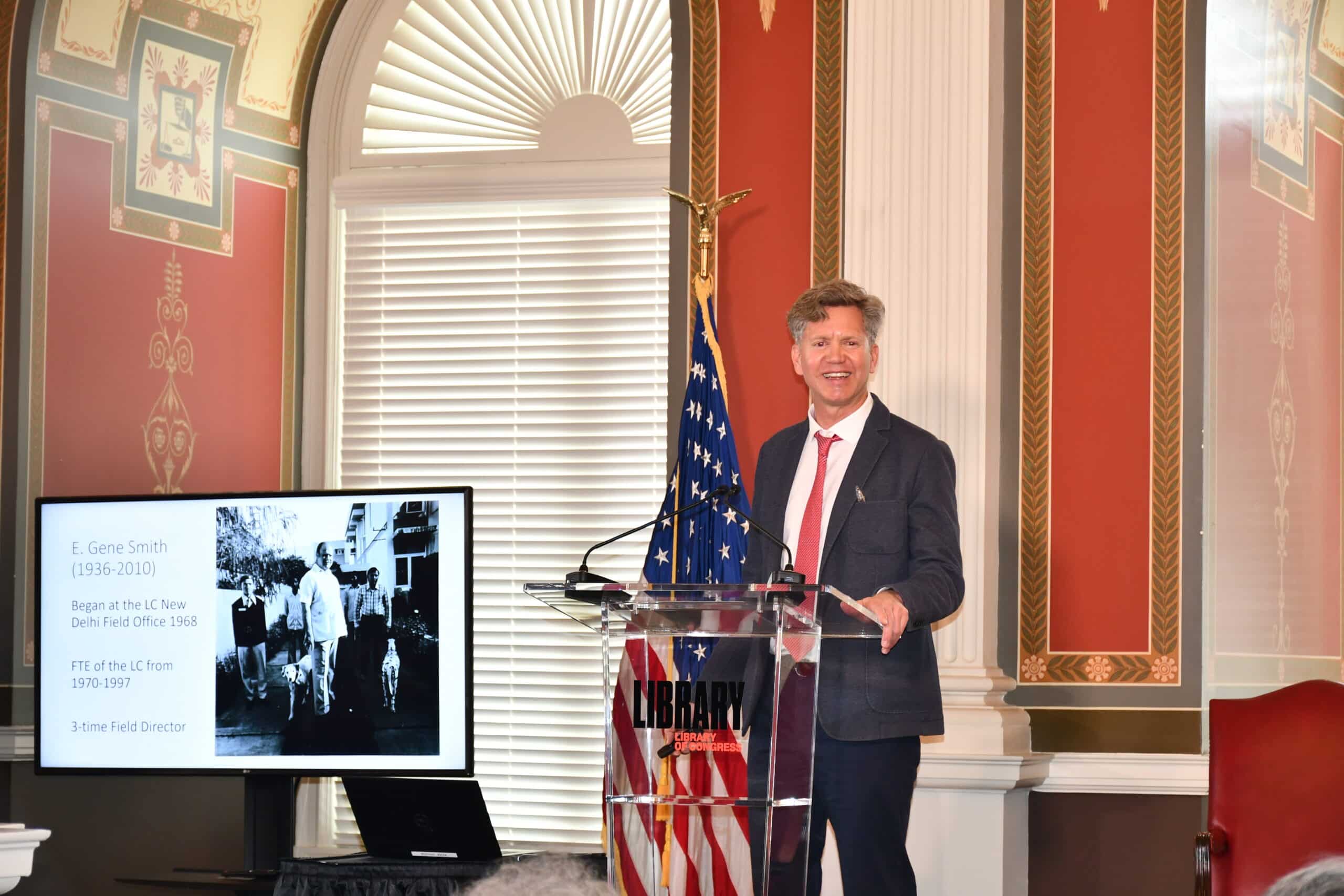
罗杰斯博士接替杰夫· 沃曼担任中心主任。 {阅读罗杰斯博士的简介}(https://www.bdrc.io/jann-ronis/)

BDRC发布其新在线平台——佛教数字档案馆 (BUDA),并停用旧网站 tbrc.org。 BUDA 不仅是世界上最大的佛教文献数字图书馆,还是一个关联开放数据档案平台,旨在为学者、翻译者和佛教信众创新和共享技术及研究工具。
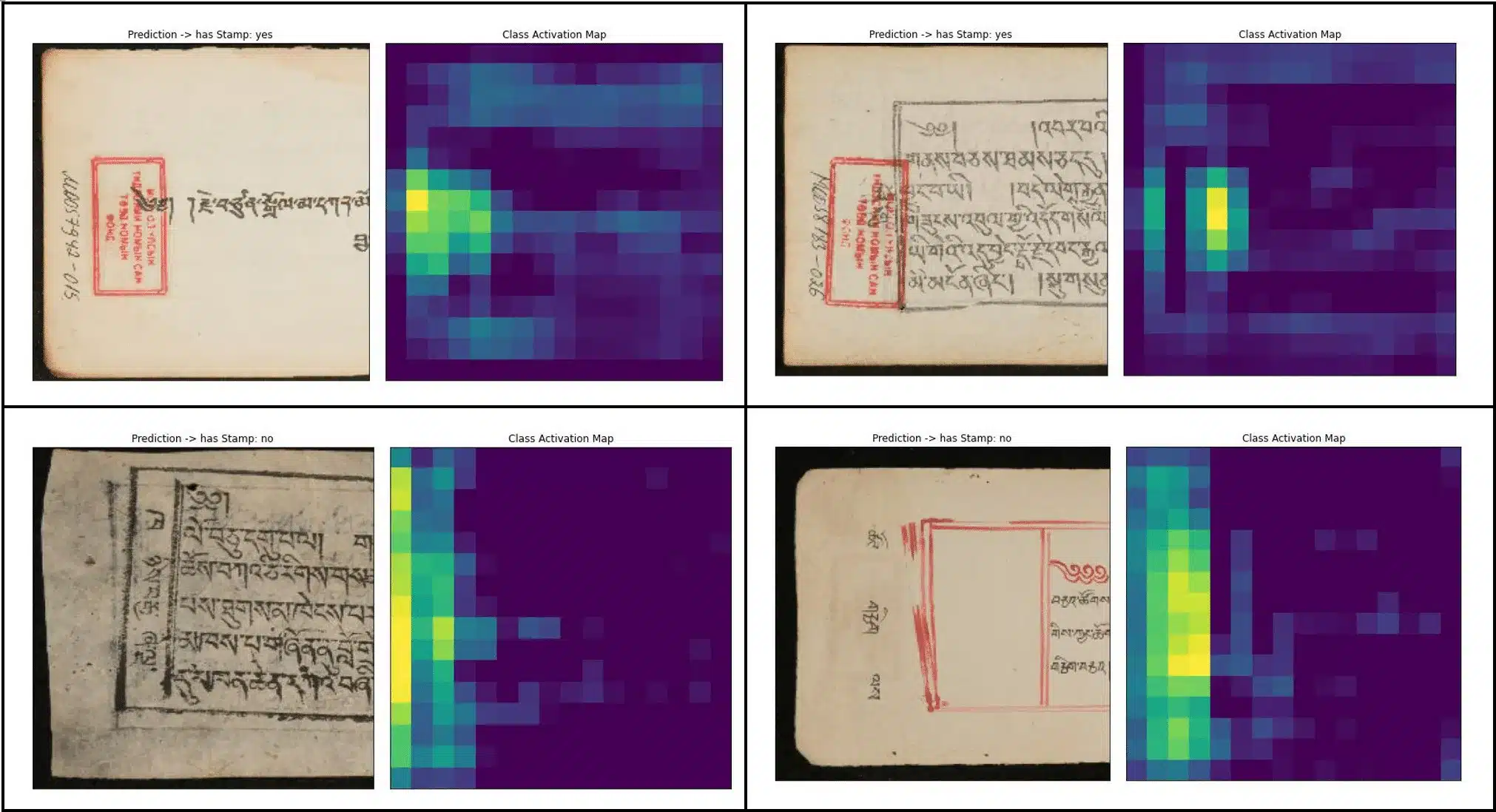
除了数字化保存藏文、蒙古文、高棉文、缅甸文和其他语言的佛教文献,BDRC 还致力于数字人文领域的前沿工作,包括藏文机器翻译、手写文本识别和电子文本高级处理。
BDRC 是由吉恩·史密斯 E. Gene Smith(1936-2010)于1999 年创立,当时称为藏传佛教资源中心。 自成立以来,BDRC 已对超过两千八百万页具有重要文化意义的佛教文献进行了搜寻、数字化、编目和保存。 BDRC 将这些数字化文献存储在其安全的档案库中,旨在确保这些文献未来仍然可供公众免费访问。
在吉恩·史密斯独具慧眼的指导下,BDRC将藏文文献从曾经极度濒危提升到了现在的高级保存状态。 如今,BDRC 的图书馆已成为从事藏学研究和佛学研究的学者、宗教领袖、翻译家、藏族学者、出版商和感兴趣的公众所倚重的重要资源。
2015年,应董事会、合作机构和佛教研究领域的合作者的要求,藏传佛教资源中心扩大了其使命,并于2016年正式更名为佛教数字资源中心。 除了继续吉恩·史密斯开创的事业,BDRC 现在致力于保护和分享由于社会、政治和环境的不稳定因素而仍然频临失传的所有佛教文献。
BDRC 将其近四分之一个世纪以来积累的技术专业知识和学术资源应用于这项最紧迫的任务。